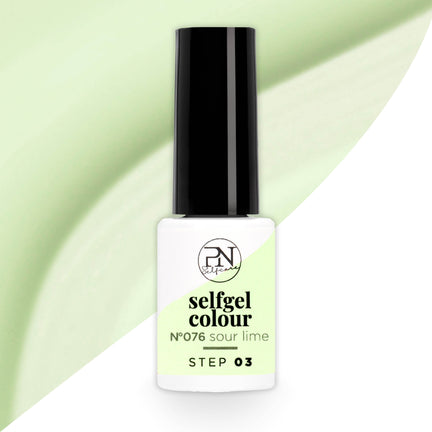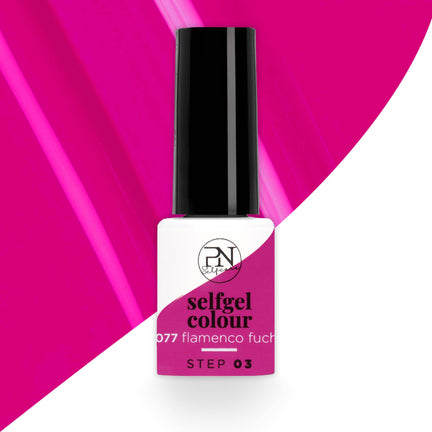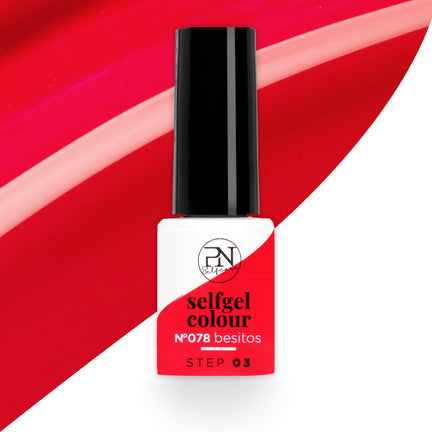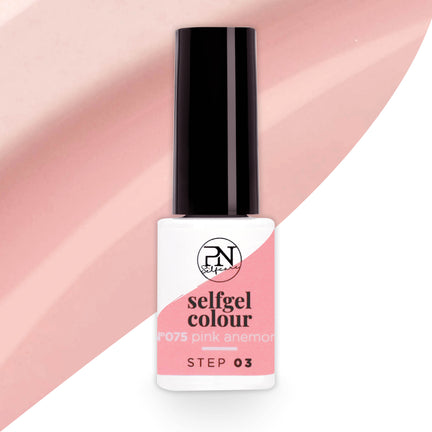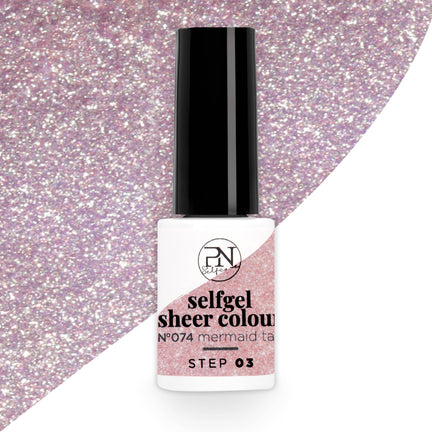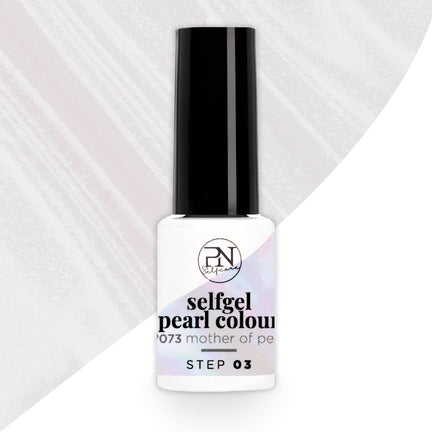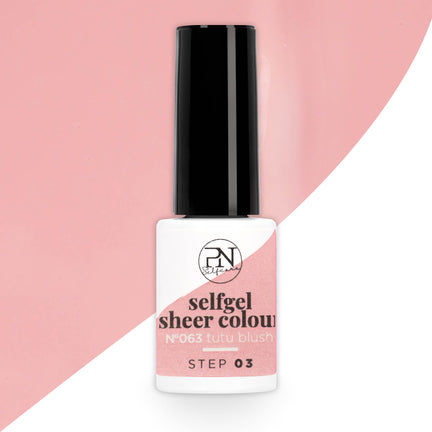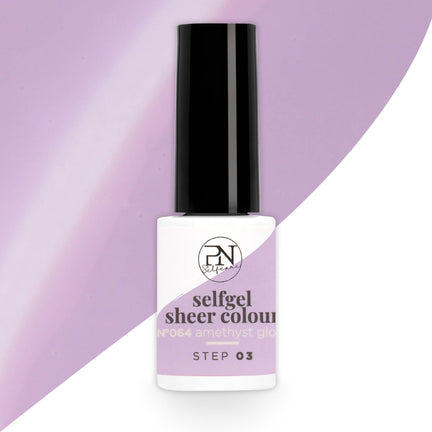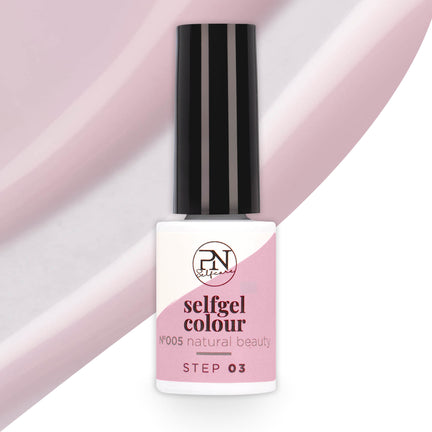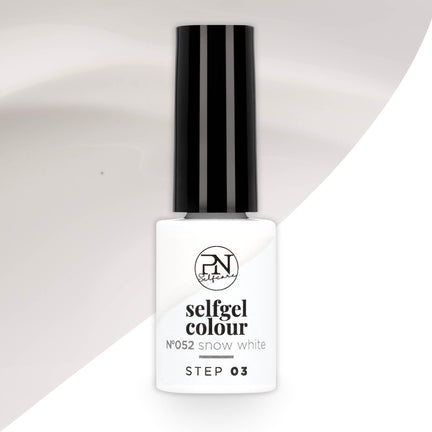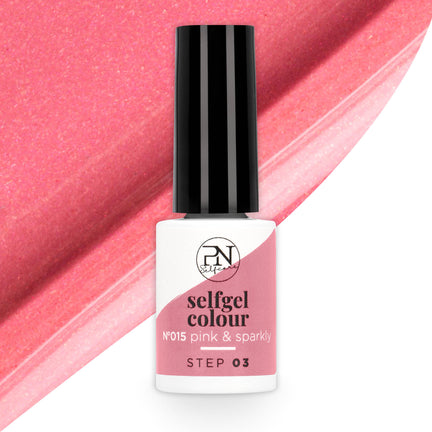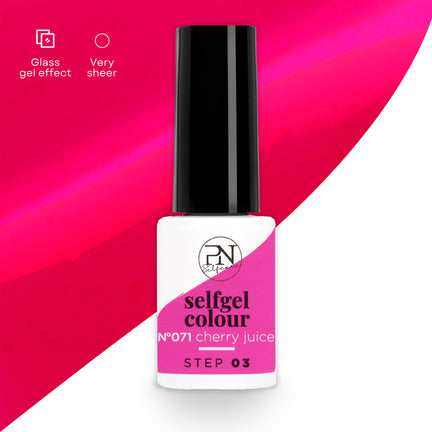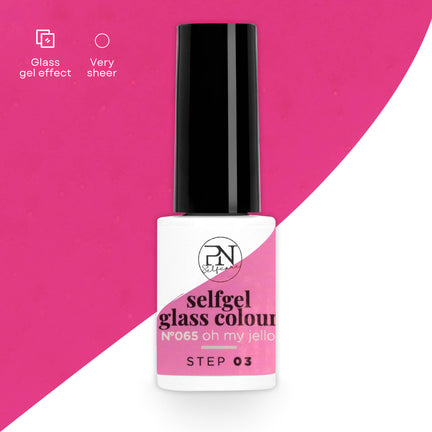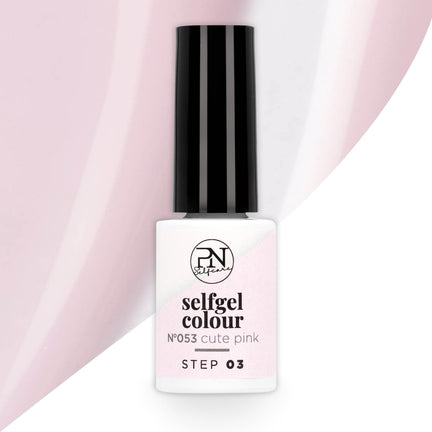A gel polish manicure gives your nails that salon-worthy shine and a color that – if applied correctly – can last for weeks. It may seem simple: apply, cure, done. But that’s often where things go wrong. Small mistakes during application or aftercare can already cause chipping, dullness, or even complete lifting.
That’s why it’s so important to know what not to do. In this blog, we list the 7 most common mistakes people make when using gel polish. And of course, we provide practical solutions for each mistake, so you can get it right next time. The result? Strong, shiny nails that truly stay beautiful for longer.

1. Not properly prepping the nails
One of the most underestimated mistakes: poor prep. Gel polish only adheres well to a perfectly clean and dry nail plate. If there’s still any oil, cream, or even moisture on your nails, the polish won’t grip. The result? Peeling at the edges, faster chipping, or tiny bubbles.
Your cuticles also play a big role. If you don’t push them back properly – or worse, paint over them – the polish can’t fully adhere to the nail itself. That’s why polish can start lifting from the top as soon as day one.
Solution
Proper prep involves three simple but crucial steps:
- Clean thoroughly: Use a nail prep or nail cleanser to remove all oils and dust. Avoid using soap or water right before polishing, as that can leave behind moisture.
- Buff lightly: Use a fine buffer to remove shine from the natural nail. This creates a slightly rough surface for better adhesion. Don’t over-buff – that can weaken your nails.
- Push back cuticles: Use a cuticle pusher or orangewood stick to gently push back the cuticles. Apply cuticle remover if needed for easier prep.

2. Applying polish in thick layers
A common mistake, especially among beginners: applying thick layers in hopes of saving time or achieving full coverage in one go. Sounds efficient, but it actually backfires. Gel polish is designed to be applied in thin, even coats. If you apply too much at once, several issues can arise.
First, it won’t cure properly. Even if you leave it under the lamp for the right time, the bottom layer can remain soft or sticky. This leads to bubbles, wrinkles, or an uneven surface. It also increases the risk of peeling or cracking.
Thick polish layers rarely look clean either. The result? A lumpy, uneven manicure that looks anything but professional.
Solution
The key to a long-lasting, beautiful manicure is working in thin, even layers:
- Layer by layer: It’s better to apply three thin coats than one thick one. This provides better coverage and stronger adhesion.
- Use less product on the brush: Wipe off excess polish on the bottle neck and work in controlled strokes.
- Cure each layer fully: Depending on your lamp (LED or UV), this takes about 30 to 60 seconds per coat. Take your time – rushing leads to incomplete curing.

3. Using a bad, wrong, or old lamp
Your gel polish looks perfect after application, but won’t fully cure or stays sticky? Your lamp may be the culprit. Improper curing is a major cause of chipping, dull spots, or peeling polish.
Each gel polish formula is tuned to a specific light spectrum and intensity. Using a lamp from a different brand may mean your polish doesn’t cure completely – even if you follow the timing instructions. That’s because manufacturers test and optimize their products using their own lamps. A mismatch between lamp and polish often leads to disappointing results.
Even an old or heavily used lamp can cause trouble. As LEDs age, their intensity weakens – which means incomplete curing.
Solution
- Use the matching lamp: Stick to the same brand as your polish to ensure compatibility and optimal results.
- Replace your lamp or bulbs regularly: If your polish stays sticky or lifts more often than it used to, it could mean your lamp is losing power.
- Follow brand-specific curing times: Don’t increase curing time with the wrong lamp – that won’t fix incompatible technology.

4. Skipping the nail edges
An often-overlooked but crucial detail: sealing the free edge of your nail – the tip. This step, known as "sealing," ensures your polish is fully wrapped and protected, preventing moisture, dirt, and air from getting underneath.
If you skip it, that’s usually where chipping or lifting begins – especially with everyday activities like typing, cleaning, or opening things.
Solution
- Seal each layer: Not just the topcoat – seal your base and color coats too. Swipe your brush across the nail tip at the end of each coat to lock it in.
- Be precise but sparing: Don’t overload the tip with polish, or it will look bulky.
- Double-check the edges: Especially with light colors or glossy topcoats, missed spots are easily visible.

5. Skipping the topcoat
This is a common mistake, especially among those transitioning from regular polish to gel: thinking the topcoat is optional. It’s not.
The topcoat doesn’t just add shine and protection – it literally seals in your color. Without it, the color layer remains “open,” making it more prone to damage, fading, or peeling with exposure to water or products. Your gel manicure simply isn’t complete without this step.
Solution
- Always use a matching topcoat: Stick to the same brand as your base and color layers – they’re designed to work as a system.
- Cure the topcoat fully: For best results and durability.
- Choose your preferred finish: Glossy, matte, or no-wipe (no sticky layer), depending on your style.

6. Ignoring the sticky layer
A classic mistake: touching your nails too soon while the sticky layer (also called the “inhibition layer”) is still there. This tacky layer remains after curing the base, color, or topcoat – unless you’re using a no-wipe product.
Many think the polish isn’t dry yet, so they try to touch or clean it with water or soap – but that can ruin your manicure, causing streaks or loss of shine.
Another mistake is wiping off the sticky layer between coats. But this layer is essential for adhesion. If you remove it too early, the next coat may not bond properly and will chip or peel more easily.
Solution
- Keep the sticky layer between coats: It helps the next layer grip better. Only remove it after the final topcoat – unless it’s a no-wipe.
- Use the right product: Only a gel polish cleanser or alcohol-based nail wipe is safe for removing it.
- Be patient: Wait until you’ve completely finished curing before removing the sticky layer.
7. Peeling off your polish
Tempting as it may be to peel off lifting polish – don’t do it. It might be quick and satisfying, but it’s one of the worst things you can do to your nails.
With regular base coats, polish adheres firmly to the natural nail. Peeling it off can strip the top nail layer too, leaving your nails thin, brittle, and sensitive.
Even with peel-off base coats, you should never just rip it off. Proper removal is still necessary to avoid damage.
Solution
- For regular base coats: Lightly file the top layer, soak your nails in acetone or use remover wraps. Let sit for 10–15 minutes, then gently push off the polish.
- For peel-off bases: Use cuticle oil and a wooden pusher. Apply oil around the edges, start lifting from a corner, and gently push without forcing.
